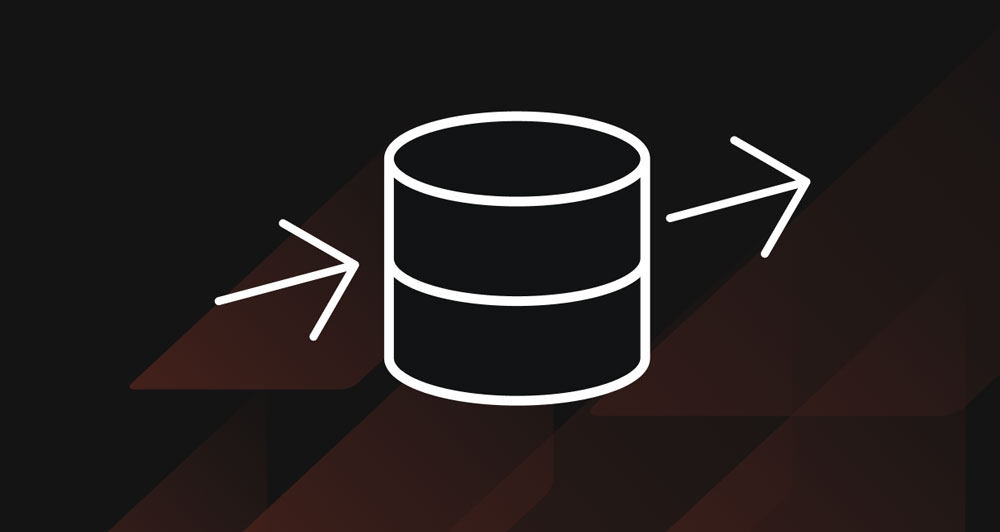Case Study
How Embedded Engineers Reduced Fintech Transaction Delays Without Direct DB Insights
With no access to critical DB metrics, a fintech team faced serious transaction latency. Ardan Labs embedded engineers directly into their team—cutting insert delays by 90% and leaving behind scalable systems and sustainable performance practices.

Built to Scale, Side by Side
A fintech company’s payment system was slowing down—ACH and card transactions were delayed, and compliance checks were backing up. With limited production access and no clear monitoring, the internal team needed expert support. Ardan Labs embedded senior engineers within their team to identify critical issues, analyze real workloads, and help stabilize systems without disrupting internal development or release cycles.
Collaborating for Success
Our engineers worked closely with the client’s team—running production simulations, tracing SQL performance issues, and improving backend logic. Through joint pairing sessions, code reviews, and daily standups, we ensured that fixes were carefully planned, tested, and deployed. This wasn’t a side project—it was real collaboration designed to deliver long-term performance gains while building trust within the engineering org.
Results That Matter
The work led to a 90% drop in latency and restored production-level performance across payment systems. But more than speed, we delivered sustainable value—upgraded architecture, custom tooling, and detailed documentation. By the end of the engagement, the internal team had full confidence in maintaining, scaling, and evolving their systems with clear patterns and production-tested solutions in place.
Ardan Labs embedded with a fintech team to fix failing payments, reduce latency by 90%, and leave behind a system and a team ready to scale with confidence.
Overview
The Challenge: Transaction Latency Was Compromising Scale
As the fintech company’s platform grew, so did the demand for its database. Unfortunately, insert operations for critical payments began to slow down, affecting not just the financial layer but every system upstream. The real kicker? Their engineering team couldn’t access detailed database metrics due to permission constraints on RDS Performance Insights. With no clear line of sight into database internals, they were flying blind. That’s where we came in, not as external consultants, but as embedded team members ready to work shoulder-to-shoulder with their developers.
The Goal: Restore Performance and Preserve Business Logic
The mission was simple: identify and eliminate the source of latency without disrupting existing workflows or compromising data integrity. But doing that from inside an existing system, without metrics or admin access, required hands-on experimentation, deep SQL expertise, and trust.
Our Solution: Embedded Engineers, Lasting Results
Working From Within
We joined the client’s engineering team, directly pairing on feature work, joining standups, and writing code inside their repositories. This let us move quickly and align with their priorities in real time. Our first move was to build a Go-based load simulation tool that mimicked production transaction volume, enabling us to test insert performance under realistic conditions and reveal patterns that weren’t obvious from logs alone.
Refactoring the Right Way
After identifying several redundant and inefficient SQL triggers, we worked closely with the backend team to carefully refactor or remove them. Rather than offloading everything to the database, we shifted appropriate validations to the service layer, streamlining logic while maintaining compliance. We made sure every refactor passed functional and load tests before deployment, and collaborated on the rollout plan to minimize risk.
Leveling Up the Team
Beyond the fix, we helped implement internal processes and patterns for performance validation. Our custom Go ingestion tool remained in place for regression testing, and we helped define internal checklists for future trigger design.
Outcomes That Made a Difference
Insert Latency Cut by 90%
The platform could now process transactions at speed, even during peak periods. What was once a bottleneck became a non-issue.
Fewer Triggers, Cleaner Architecture
The most problematic parts of the system were replaced with simpler, more testable logic freeing up the database engine for what it does best.
Empowered Engineering Team
By working inside the team, not outside it, we ensured that the solution lived on past our engagement. Engineers now had the knowledge and tooling to prevent regressions and build forward.
Building for the Future
Staff augmentation at Ardan Labs is more than temporary help; it’s a strategic partnership. We help your team move faster and get stronger. For this fintech company, that meant:
- Production-grade fixes that restored performance
- Better backend patterns that supported scale
- Confidence to keep building without fear of hidden latency
Rethinking Staff Augmentation
Too often, staff augmentation means disconnected contractors or short-term fixes. We believe in embedding engineers who deliver production value, mentor teams, and leave systems and people better than we found them. This project proves that approach: a permanent performance improvement, delivered through shared effort.
Let's Build What's Next
At Ardan Labs, we bring experience, leadership, and execution to your engineering team when and where you need it most.
Need embedded engineers who solve hard problems and raise the bar?
Let's talk about how we can help Explore our Staff Augmentation services
From the Lab
Where ideas get tested and shared. From the Lab is your inside look at the tools, thinking, and tech powering our work in Go, Rust, and Kubernetes. Discover our technical blogs, engineering insights, and YouTube videos created to support the developer community.
Explore our content:
Getting Friendly With CPU Caches
Updated on

William Kennedy
16 Years of Go: A Programming Language Built to Last
Updated on

Ardan Labs


